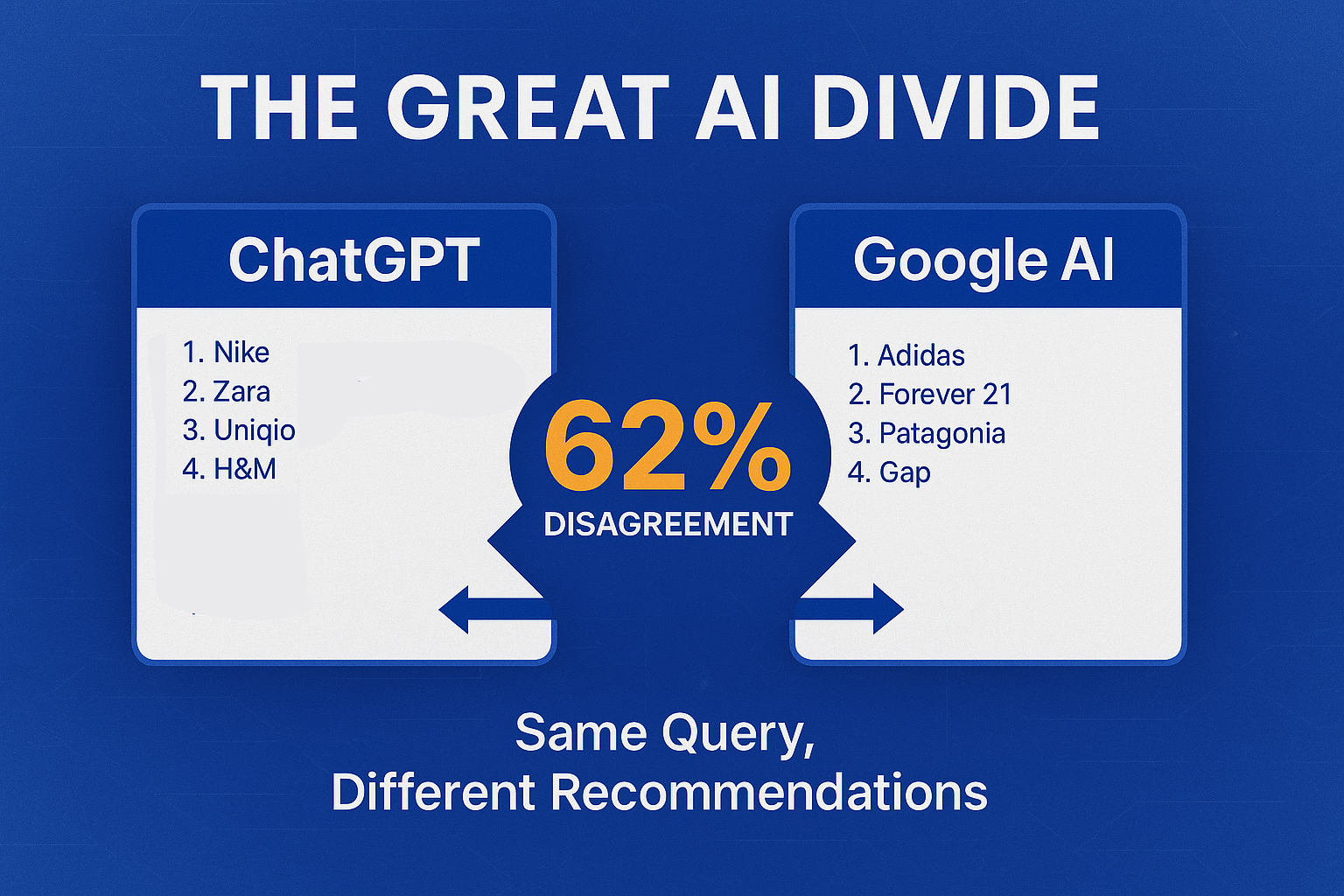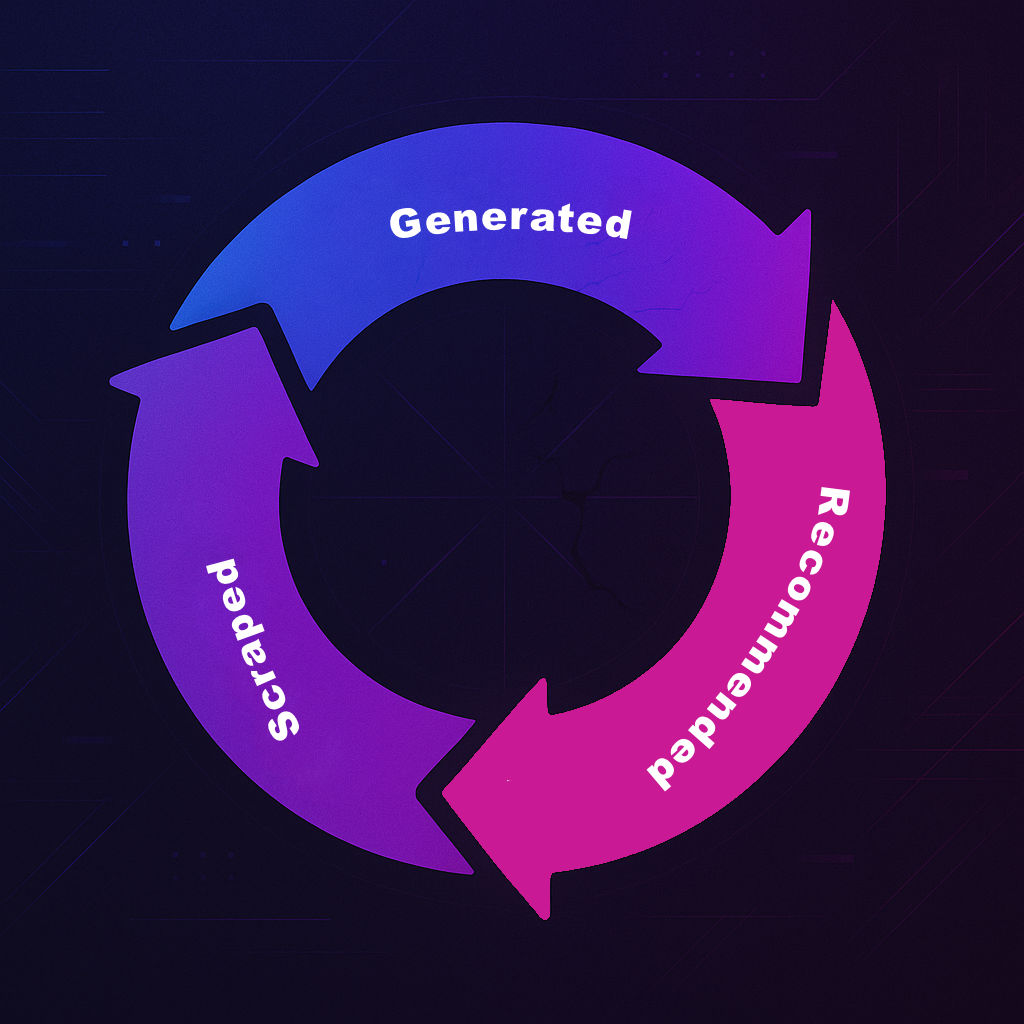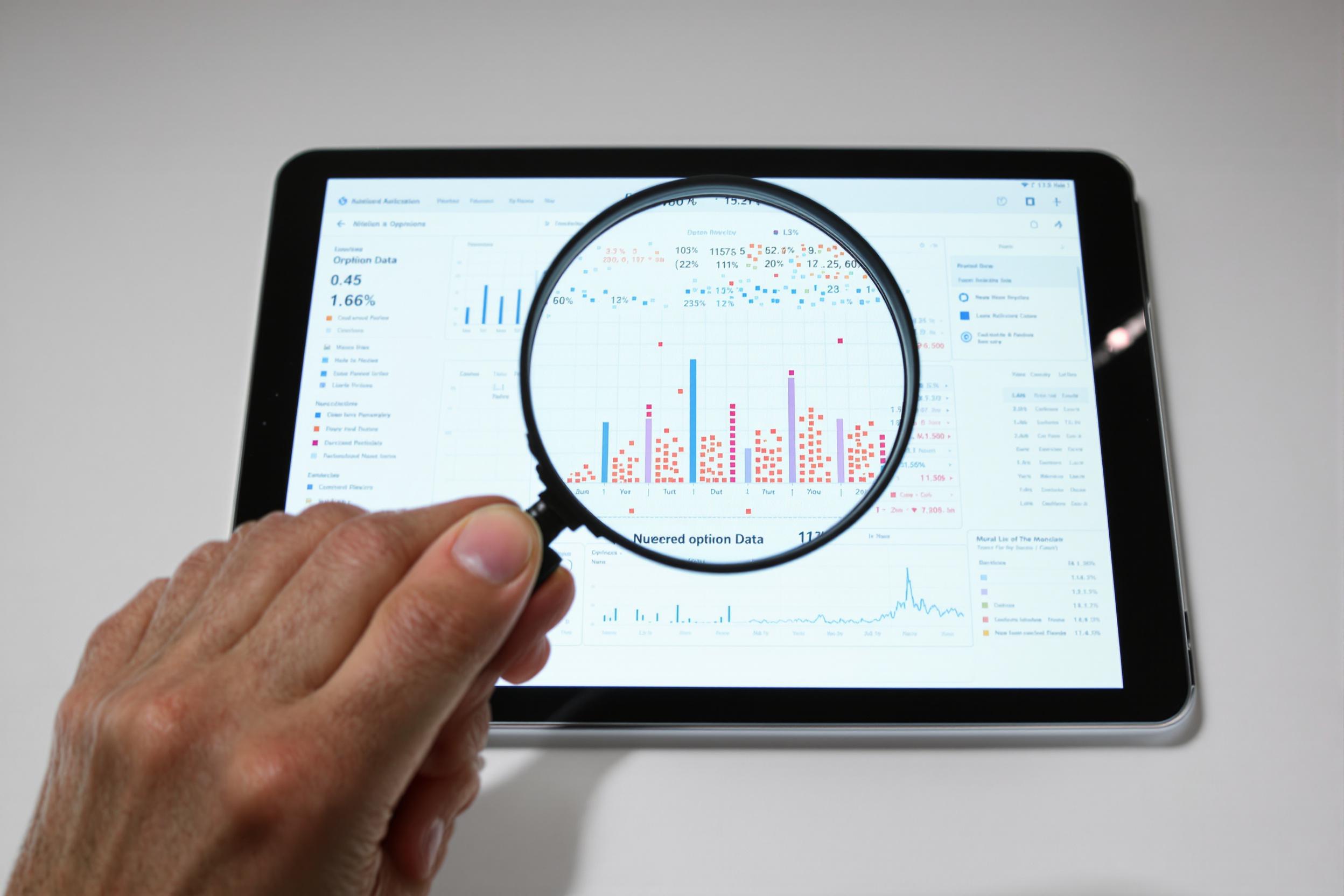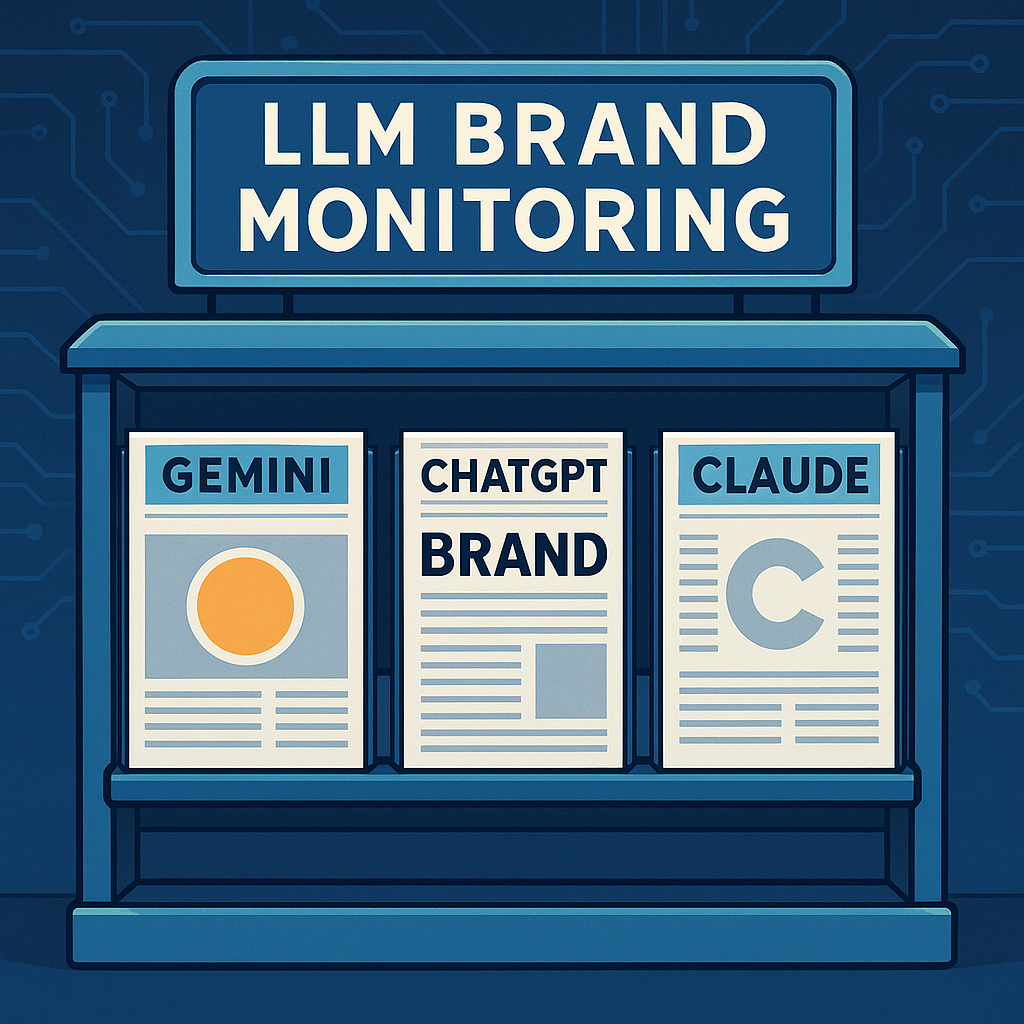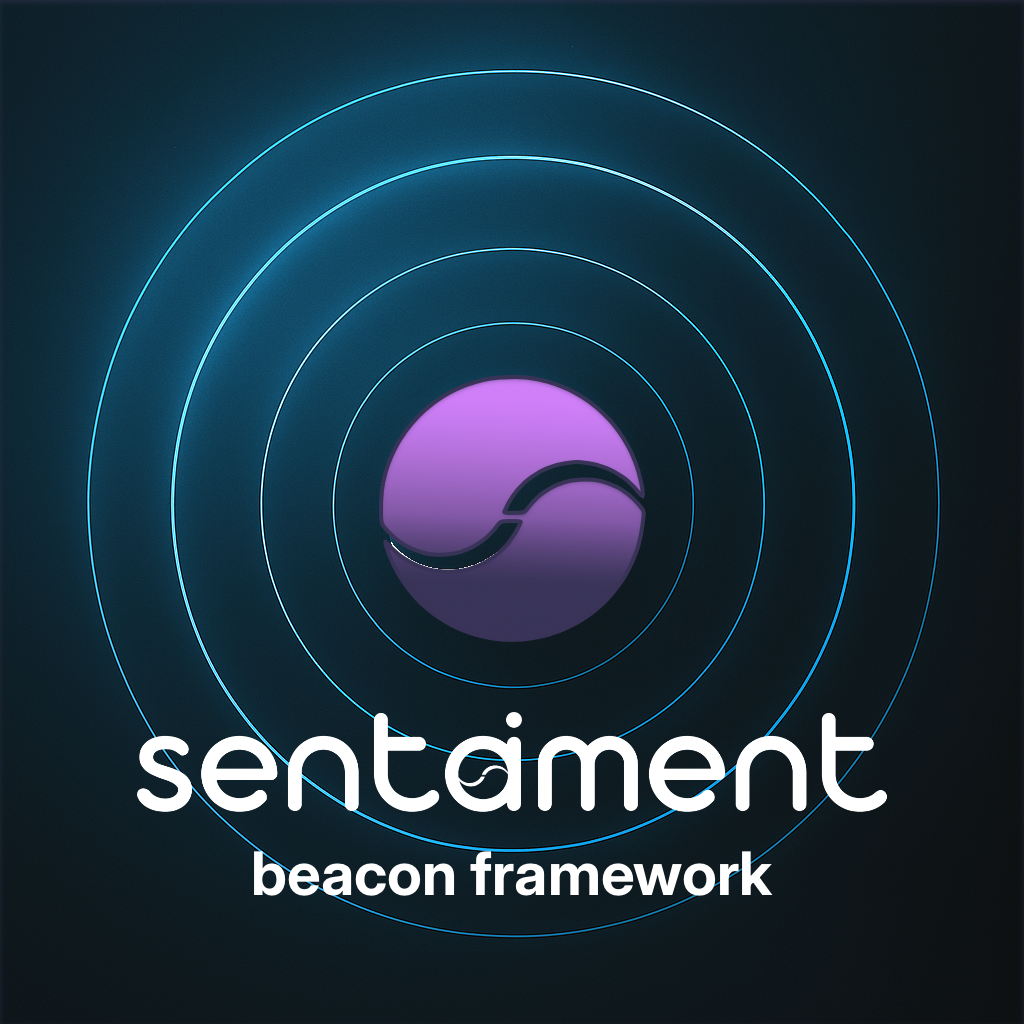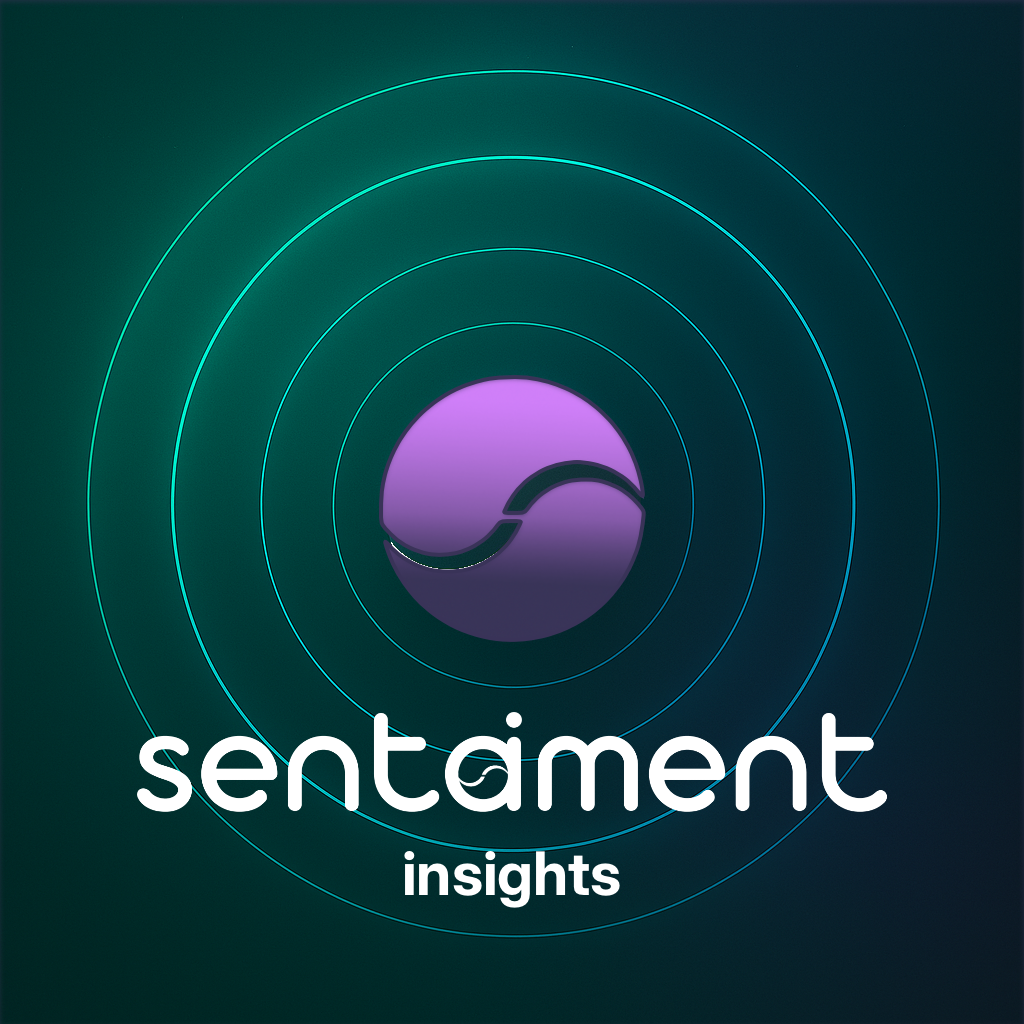The artificial intelligence revolution isn't coming, it's here. With over 100 million weekly active users on ChatGPT alone and enterprise adoption of AI tools skyrocketing 300% in 2024, your brand is being discussed, analyzed, and potentially misrepresented in AI conversations thousands of times per day. The question isn't whether your brand appears in AI responses, it's whether you know how it appears.
Most brand managers are flying blind when it comes to AI perception. A recent survey by the AI Marketing Institute found that 78% of Fortune 500 companies have no systematic process for monitoring their brand representation across large language models. This oversight could be costing businesses millions in lost opportunities and damaged reputation.
The stakes are particularly high because AI systems do not just reflect existing perceptions, they shape them. When ChatGPT describes your company to a potential customer, investor, or partner, that description becomes reality for that interaction. Unlike traditional media mentions that you can track and respond to, AI-generated content about your brand happens in private conversations, making it nearly invisible to conventional monitoring tools.
This guide provides a simple 2-minute method to manually check your brand's representation in ChatGPT, plus insights into when you need more sophisticated monitoring solutions.
Why AI Brand Perception Matters More Than Ever
The Scale of AI Influence
ChatGPT processes over 10 billion messages monthly, with business-related queries representing approximately 35% of all interactions according to OpenAI's usage analytics. Microsoft’s integration of AI into Office products means your brand could be discussed in AI-powered presentations, reports, and strategic documents across millions of enterprises.
Dr. Sarah Chen, AI researcher at Stanford's Human-Centered AI Institute, explains, "We are seeing a fundamental shift in how information is discovered and shared. Traditional search was about finding sources, AI interaction is about getting authoritative answers. If an AI system has incorrect or outdated information about your brand, it is not just one search result among many, it is the definitive answer for that user." [Source: Stanford HAI 2024 Report]
The Competitive Intelligence Gap
Forward-thinking companies are already leveraging AI perception as a competitive advantage. A confidential analysis of Fortune 100 companies revealed that organizations with positive AI representation saw 23% higher conversion rates in B2B sales processes where prospects used AI tools for vendor research.
The problem extends beyond simple brand mentions. AI systems make nuanced judgments about company capabilities, market positioning, and competitive advantages. These assessments can influence everything from partnership negotiations to talent acquisition.
The 2-Minute Brand Check: Your Starting Point
Step 1: Basic Brand Query (30 seconds)
Open ChatGPT and enter this exact prompt, replacing [Your Company] with your actual company name:
Tell me about [Your Company]. What do they do, who are their main competitors, and what are they known for?
What to look for:
- Accuracy of basic facts (founding date, headquarters, core business)
- Completeness of service or product descriptions
- Competitive positioning accuracy
- Tone and sentiment of the description
Red flags:
- Outdated information (old product lines, former executives)
- Competitor advantages highlighted over yours
- Missing recent achievements or developments
- Negative framing or emphasis on past controversies
Step 2: Competitive Comparison (45 seconds)
Use this prompt to understand your relative positioning:
Compare [Your Company] to [Main Competitor] in terms of market position, strengths, and weaknesses. Which would you recommend for [specific use case relevant to your business]?
Critical insights:
- How ChatGPT positions your competitive advantages
- Whether it recommends you or competitors for key use cases
- Accuracy of strengths and weaknesses assessment
- Implicit bias toward any particular company
Step 3: Capability Assessment (45 seconds)
Test specific business scenarios with this prompt:
A [target customer type] is looking for [your main service or product]. Should they consider [Your Company]? What are the pros and cons?
Evaluation criteria:
Interpreting Your Results: What the Responses Really Mean
Positive Indicators
- Accurate, current company information
- Balanced discussion of strengths and areas for improvement
- Recognition of your key differentiators
- Appropriate competitive positioning
- Mention of recent achievements or innovations
Research from the Brand Perception Lab at Northwestern Kellogg shows that companies with positive AI representation typically share these characteristics: consistent messaging across digital channels, regular content updates, and strong thought leadership presence. [Source: Northwestern Kellogg Brand Perception Study 2024]
Warning Signs
- Outdated or incorrect basic information
- Overemphasis on competitors' advantages
- Missing mention of key products or services
- Negative tone or focus on past controversies
- Generic, uninformative responses about your company
Critical Issues
- Factual errors about your business model or key offerings
- Recommendation of competitors over your company for your core use cases
- Mention of controversies or issues without context
- Complete absence from competitive discussions where you should be included
Dr. Michael Rodriguez, Director of Digital Strategy at Wharton, notes, "We are seeing cases where AI systems have 18-month-old information about rapidly evolving companies. In fast-moving sectors like technology or biotechnology, this lag can be devastating for market perception." [Source: Wharton Digital Strategy Review]
Understanding ChatGPT's Information Sources
How ChatGPT Forms Brand Opinions
ChatGPT's training data includes web content up to its knowledge cutoff, but the model does not simply regurgitate information, it synthesizes patterns across millions of sources. This synthesis process can introduce subtle biases or emphasis that may not reflect your intended brand positioning.
- Frequency: How often certain information appears across sources
- Recency: More recent information in the training data carries more weight
- Authority: Content from recognized authoritative sources such as MIT Technology Review
- Consistency: Information that appears consistently across multiple sources
The Training Data Reality
OpenAI's GPT-4 Technical Report indicates that training data includes news articles, corporate websites, press releases, social media content, academic papers, and user-generated content through early 2024. However, the specific sources and their relative influence on any particular response remain opaque.
KEY SOURCES
Academic and Research Sources
- Stanford Human-Centered AI Institute 2024 Report
- Northwestern Kellogg Brand Perception Study 2024
- MIT Technology Review Enterprise AI Report 2024

